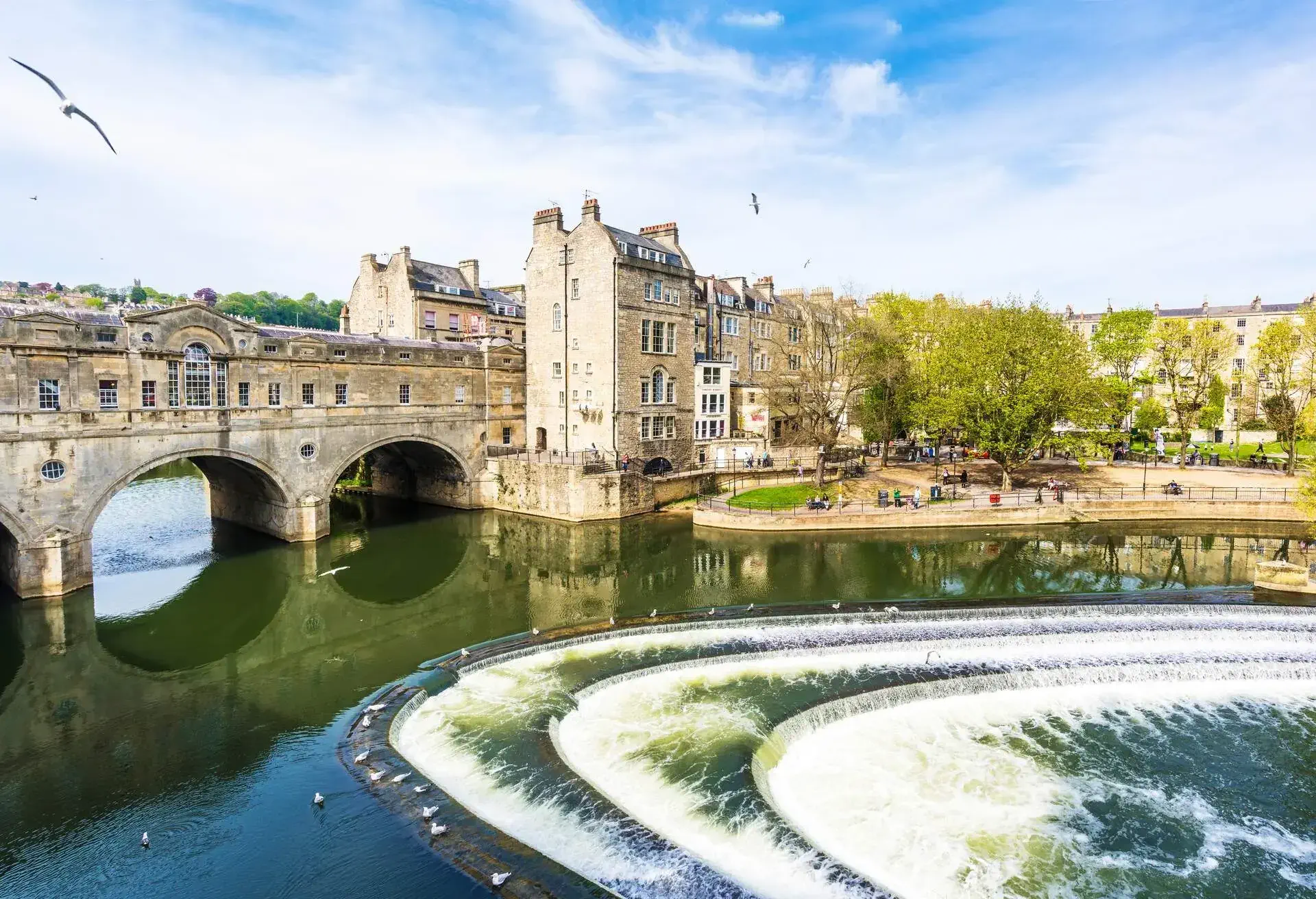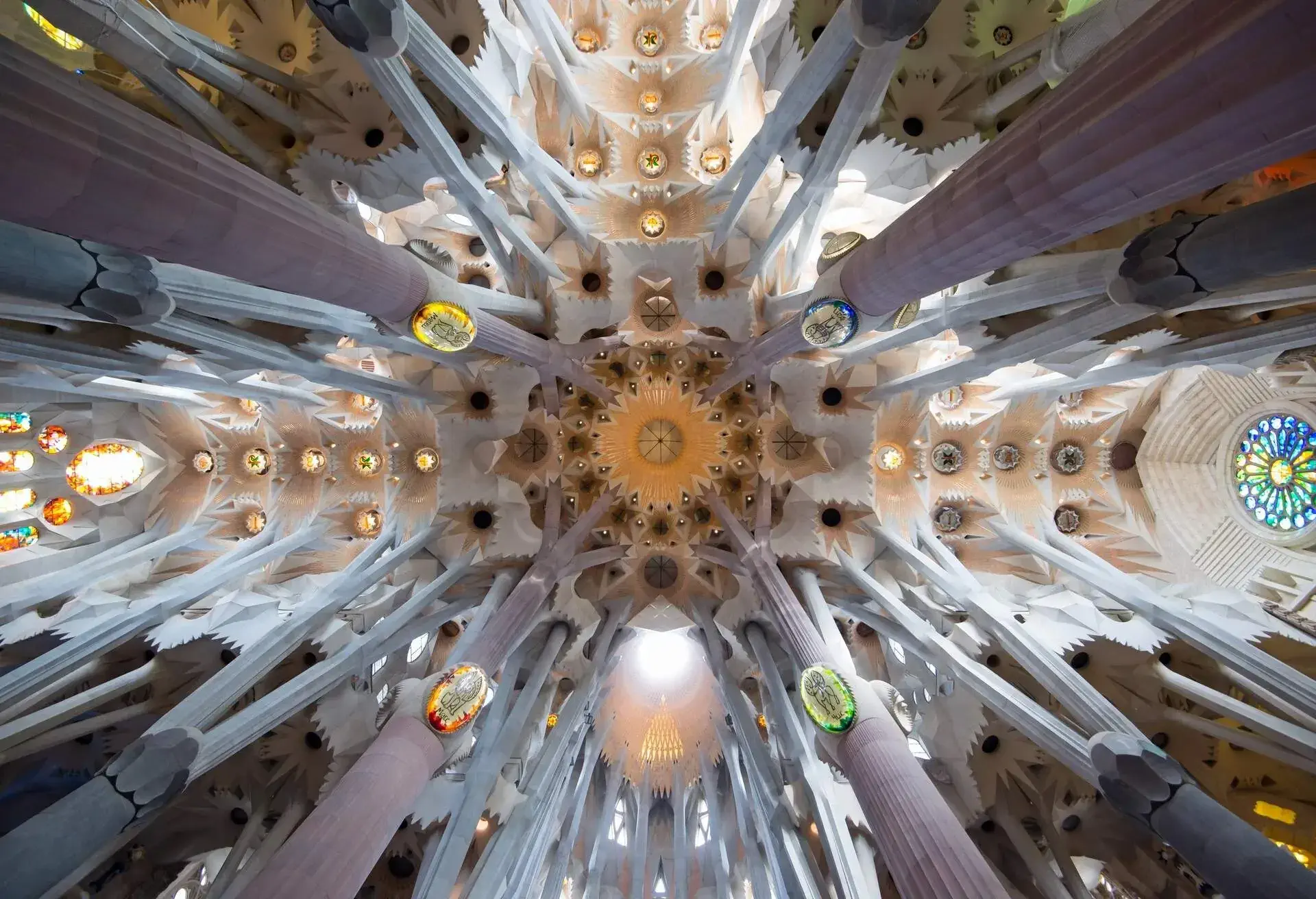When discussing the architecture of Britain, very rarely do we come across talks about famous bridges in the UK. Rather, it’s discussions of construction from the Middle Ages or talks of the High Victorian Gothic architecture. The UK is home to some of the most incredible historical buildings in the world, and all of it is worth talking about, as long as we also take the time to discuss the range of viaducts throughout Great Britain that serve as architectural marvels in their own right.
What and where are the famous bridges in the UK?

You’ll find famous bridges all over the UK, from London to Bristol to County Durham, built at various stages throughout history, from those that are a couple of years old to those that have been around for over a thousand years. When it comes to beautiful bridges, the UK has it all. The first bridge on this list was constructed in 2017, and the last one on the list dates back as far as 1,000 BC.
1. Queensferry Crossing
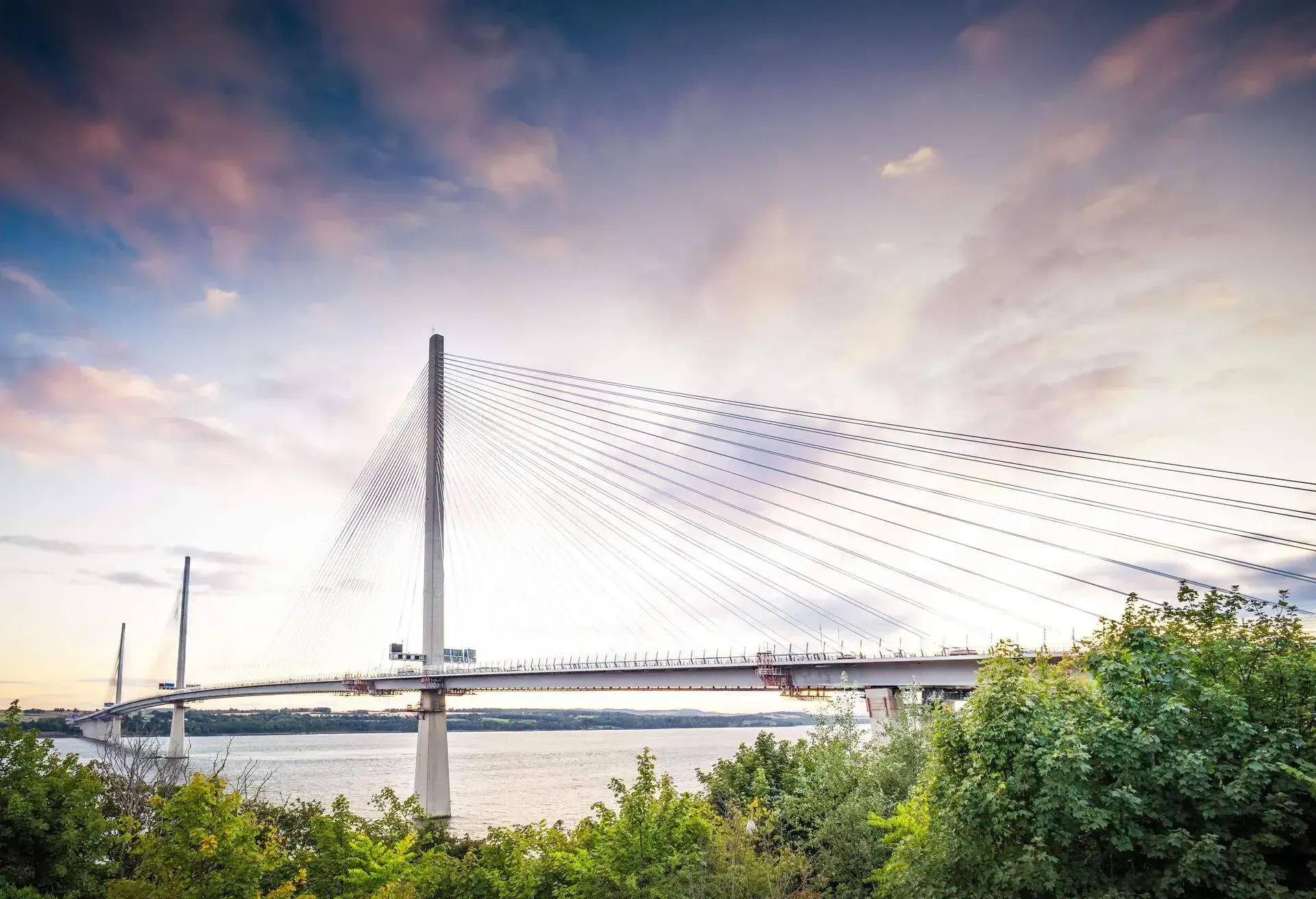
The Queensferry Crossing, situated in Queensferry, Scotland, opened to traffic for the first time in 2017 and was dubbed by its creator, Michael Martin, as one of the world’s greatest bridges. The Queensferry Crossing is the largest infrastructure project in Scotland in the last 50 years, and the new 2.7 km crossing has replaced the Fort Worth Road Bridge, which was built back in 1964 and carried close to 25 million vehicles every year for over 50 years.
One of the main reasons for the replacement was corrosion being found in the steel cables of the Forth Road Bridge in the early 2000s; in 2007, the decision to replace the bridge was made. Designers have added a 3.5-metre-high wind block to the new structure, which was tested against the harshest weather, to combat future corrosion issues.
2. Infinity Bridge
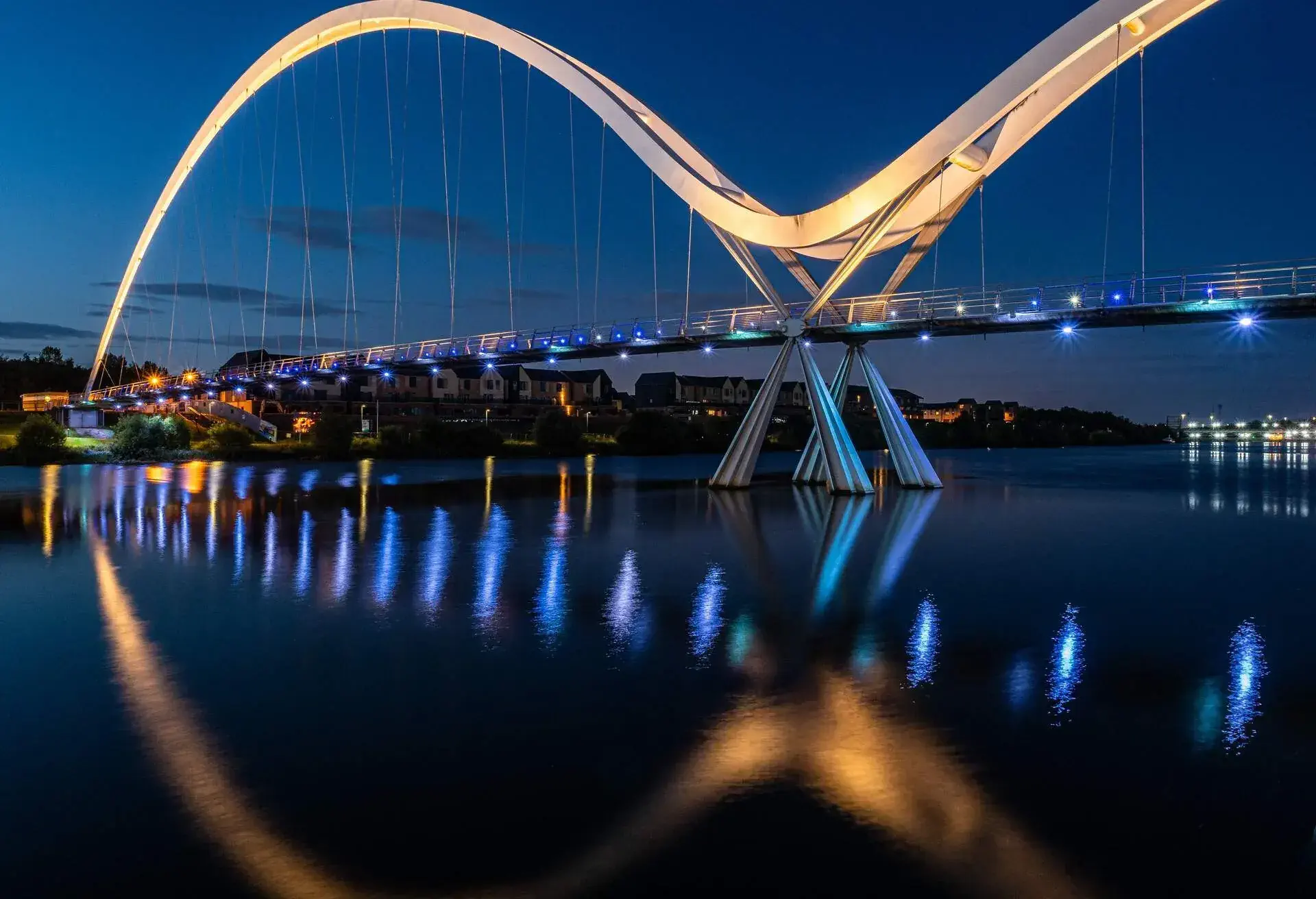
No, we’re not talking about the bridge in Dubai. This is Stockton-on-Tees’s very own Infinity Bridge, constructed between June 2007 and December 2008; it’s one of the most unique pedestrian and cycle footbridges on the planet. The two asymmetrical arches stretching across 180 metres form one half of the infinity symbol that’s reflected on the water when you’re looking at the bridge from afar. It took 18 months to complete and is expected to carry up to 4,000 pedestrians every day.
The lighting design is by far the most attractive feature. Designed by Speirs and Major Associates, at night, the blue and white LED lights along the handrails light up as pedestrians move, while the white-painted bridge arches are illuminated by metal-halide up-lighters. The water is illuminated by blue down-lighters, to create the effect of the mathematical symbol when seen from across the water. This is why we recommend viewing the bridge in the evening.
3. Humber Bridge
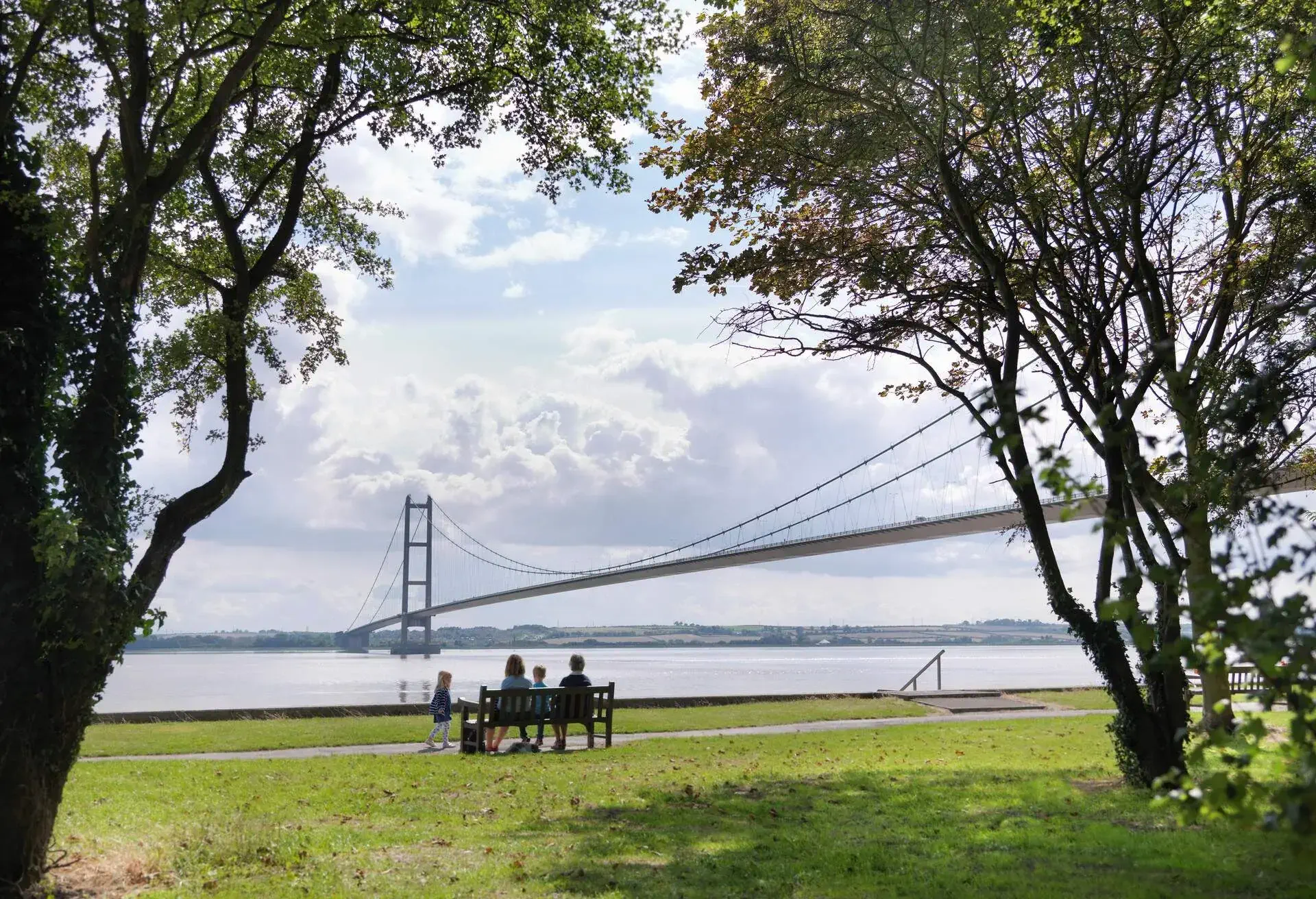
Located near Kingston upon Hull, East Riding of Yorkshire, the Humber Bridge was started back in 1972 and first opened to the public as the longest single-span road suspension bridge in the world in 1981.
Humber Bridge remained the world’s longest single-span suspension bridge until 1997, and today is the longest in the UK and the eighth longest in the world, while remaining the longest in the world that you can cross by bicycle or by foot. One of the most interesting facts about the Humber Bridge is that there is enough wire used on the bridge to go around the moon six times or more.
4. Tyne Bridge
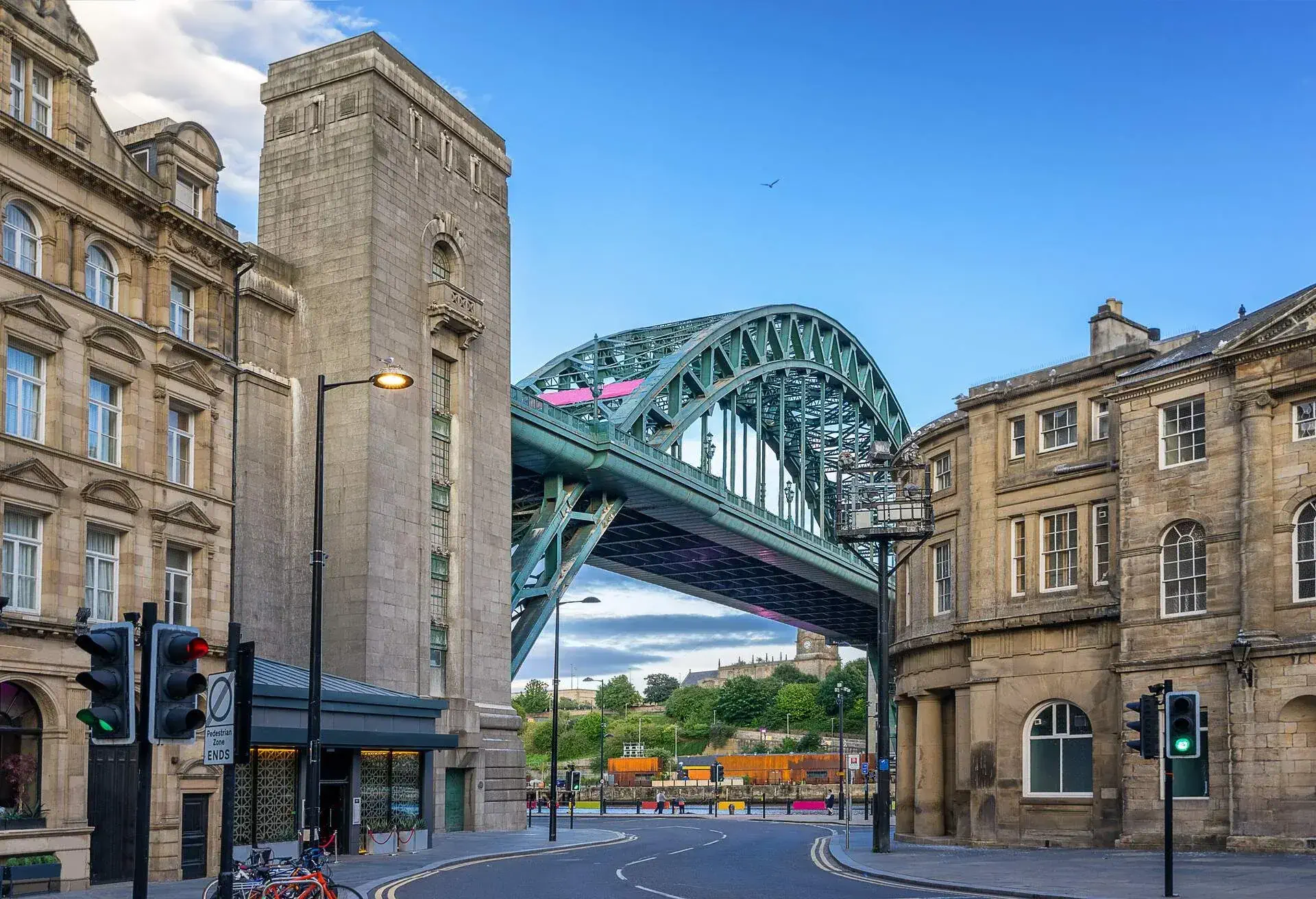
The Tyne Bridge can be found in North East England, stretching over the River Tyne to link Gateshead and Newcastle upon Tyne. It’s a through-arch bridge designed by Mott, Hay and Anderson, the same company that designed the original Forth Road Bridge. Tyne Bridge has been a defining symbol of Tyneside since its opening back in 1928 by King George V.
It currently stands as the tenth tallest structure in the city, and in 2012, the Olympic rings were erected on the bridge. A cool fact about the Tyne Bridge is that it, along with its nearby structure, is used by a colony of close to 700 black-legged kittiwakes as one of the furthest inland nesting colonies in the world. In 2011, a proposal was made to build a tower to serve as an alternative nesting site for the colony.
5. Tower Bridge
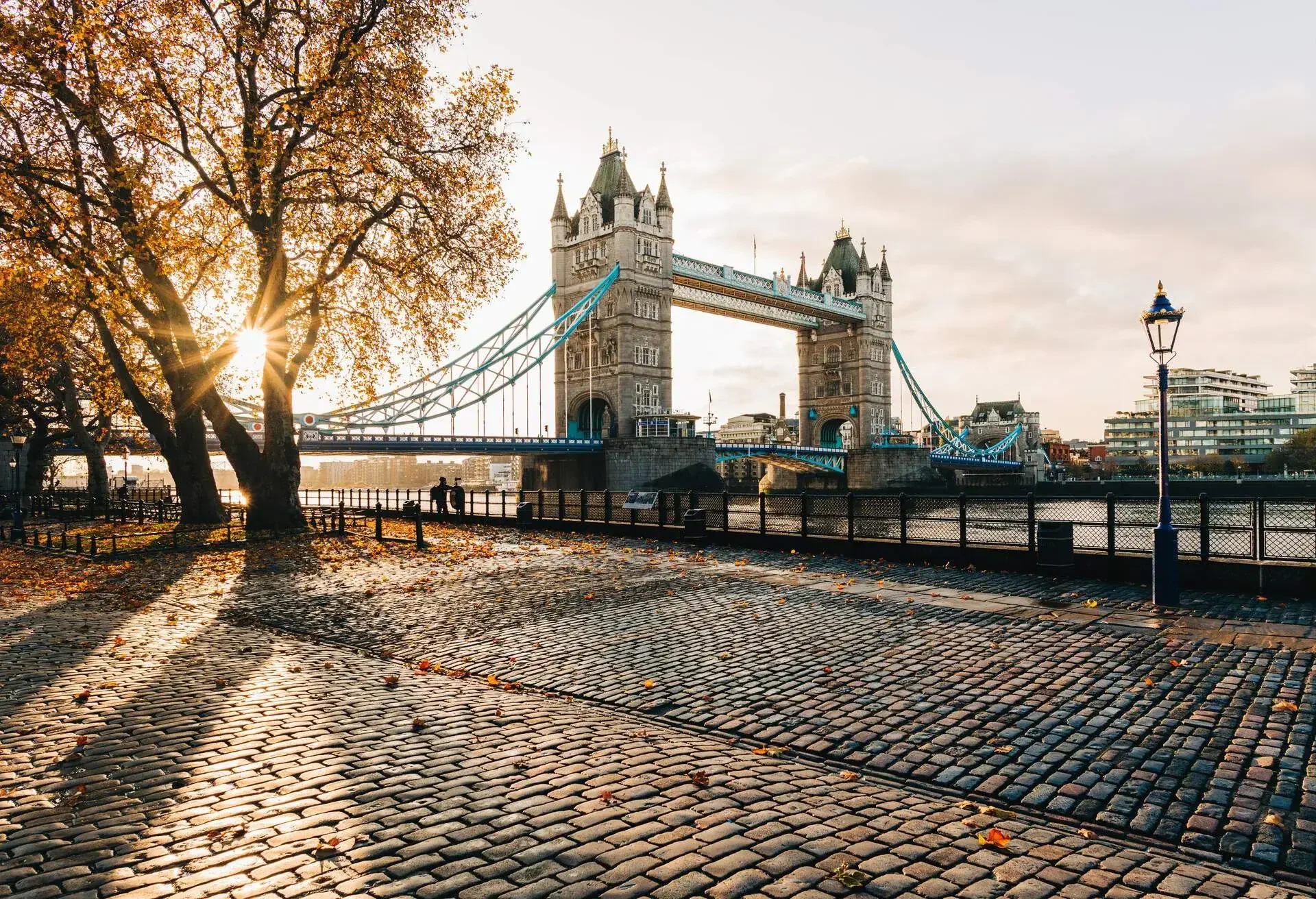
Tower Bridge is located in London and is a Grade I-listed bascule and suspension bridge, built over eight years and opened by Alexandra, Princess of Wales, and Edward, Prince of Wales, back in 1894. The bridge consists of two 65-metre bridge towers connected by two horizontal walkways on the upper level and spans a distance of around 240 metres.
Since its opening, Tower Bridge has become a famous landmark in London – often confused with London Bridge – and stands as a vitally important traffic route, with more than 40,000 crossings every single day. An interesting fact about Tower Bridge is, back in 1876, a competition was held to design a new bridge that would help Londoners travel easily between the two sides of the Thames River. Over 50 designs were submitted, but none were approved. Only in 1884 were the final designs by Sir John Wolfe Barry, a civil engineer, and Sir Horace Jones, the architect, approved.
6. Clifton Suspension Bridge
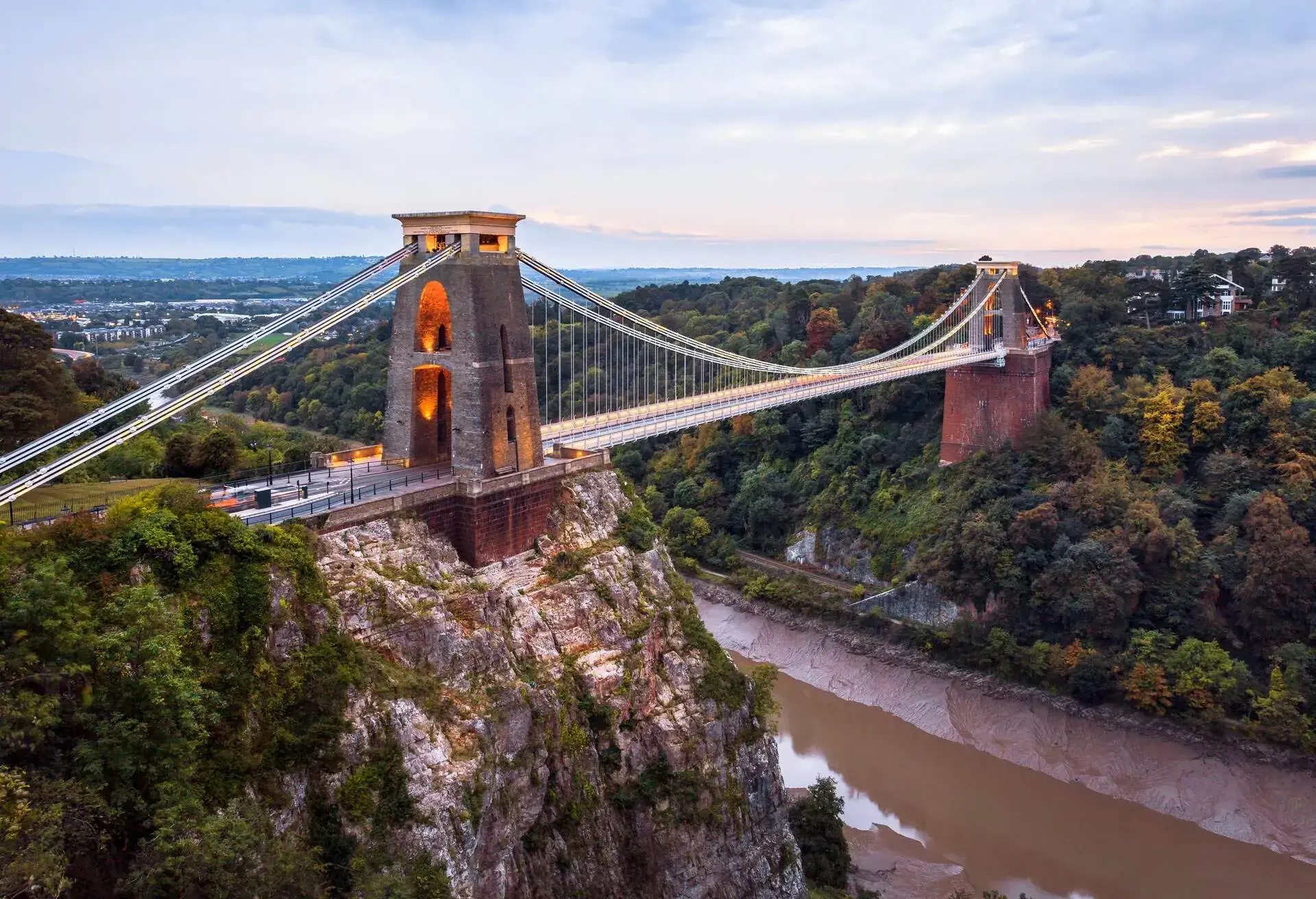
Clifton Suspension Bridge is located in Clifton and is a suspension bridge linking the city with Leigh Woods, by spanning across the Avon Gorge and River Avon in North Somerset. Clifton Suspension Bridge has been the toll bridge in the area since its opening in 1864, and the funds accrued through the toll are used to maintain the bridge.
The idea to build a bridge across the gorge was first conceived in 1753, with original plans for it to be a stone structure before later being designed as a wrought iron bridge. It is now a Grade I-listed building and was built to a design by John Hawkshaw and William Henry Barlow, who based their design on an earlier one by Isambard Kingdom Brunel.
7. The Bridge of Sighs
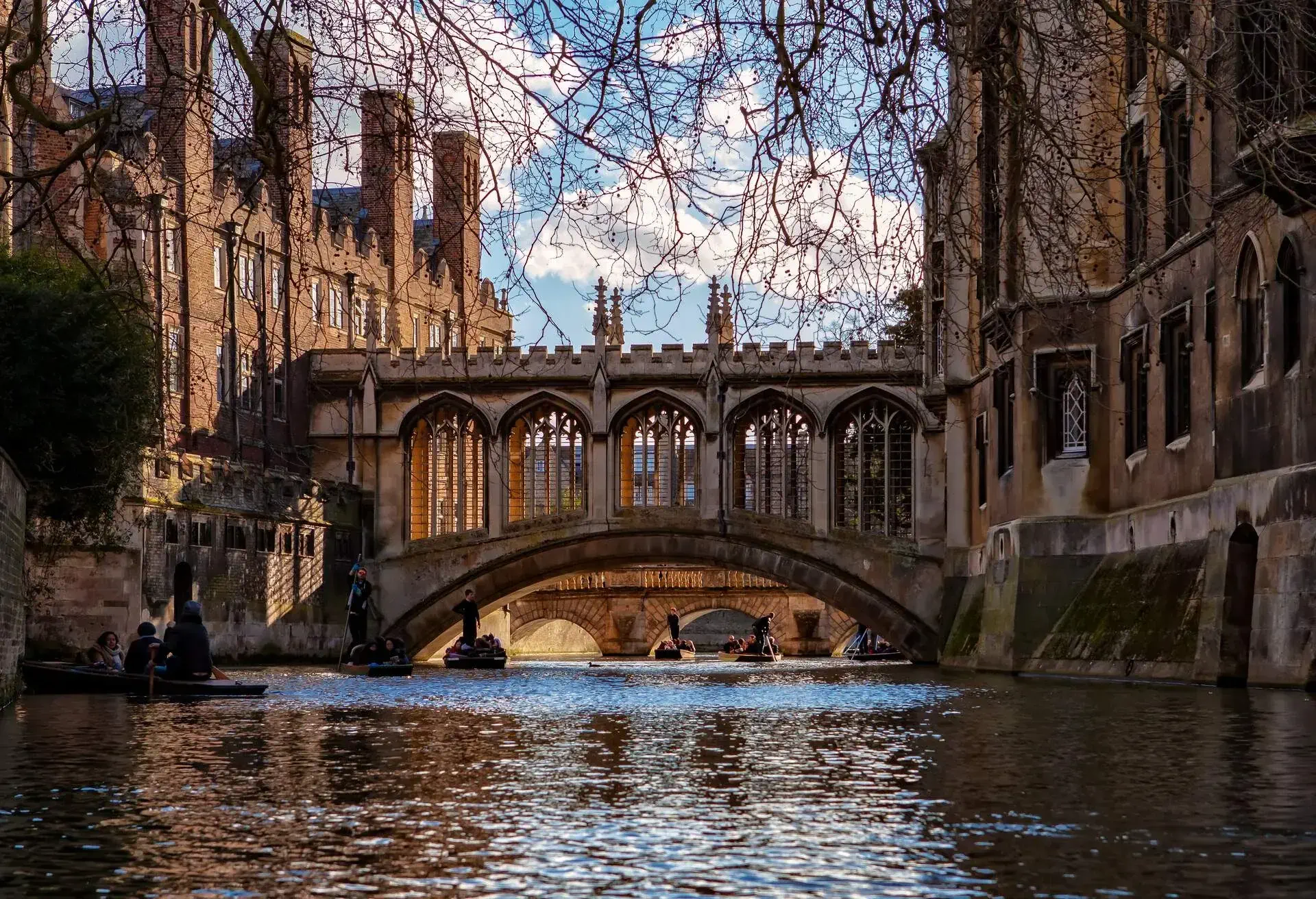
The Bridge of Sighs is located in Cambridge and is considered to be one of the most beautiful bridges in the world. It was built way back when, almost 200 years ago, in 1831, and named after the famous Ponte dei Sospiri, in Venice. It is said to be the only covered bridge to cross the Cam River and the only Victorian Gothic-styled bridge in the city, designed to connect New Court at Cambridge University with St John’s Third Court. Unsurprisingly, The Bridge of Sighs is widely considered the city’s main tourist attraction and draws in people from all over the world, year round.
8. The Iron Bridge
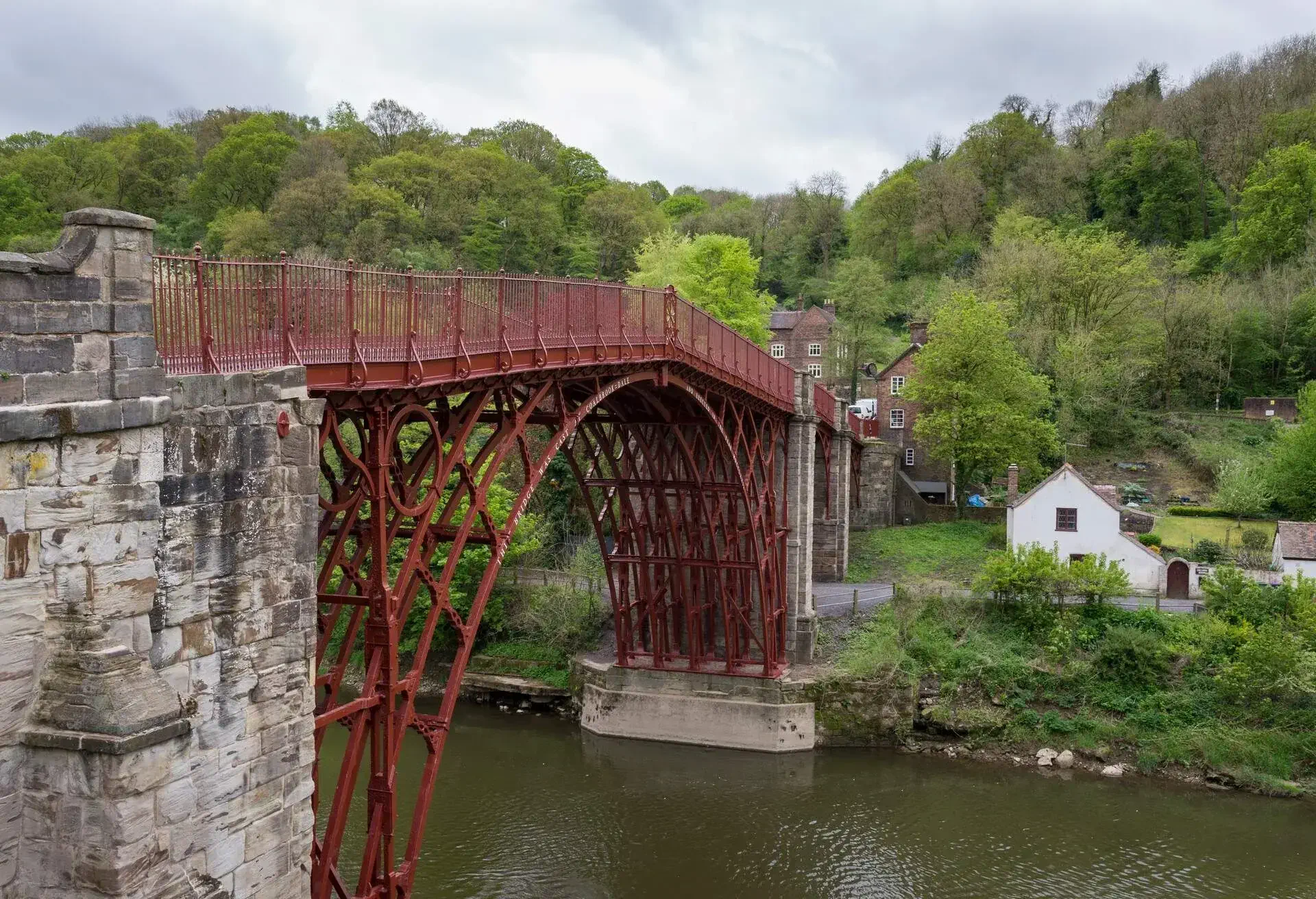
In Shropshire, England is where you’ll find this cast-iron arch bridge crossing the River Severn. The Iron Bridge was opened in 1781 and was the first major crossing in the world to be constructed out of cast iron. This inspired the use of cast iron as a structural material to spread far and wide, leading to the celebration of the bridge as a symbol of the Industrial Revolution.
The Iron Bridge was closed to traffic in 1934 and deemed a scheduled monument, though pedestrians could still cross it if they were willing to pay the toll fee. Tolls were collected until 1950. In the later stages of the 20th century, restoration works were carried out to protect and preserve the bridge, which has since been stated as a UNESCO World Heritage site, along with the Iron Bridge Gorge and the adjacent Ironbridge settlement.
9. Pulteney Bridge
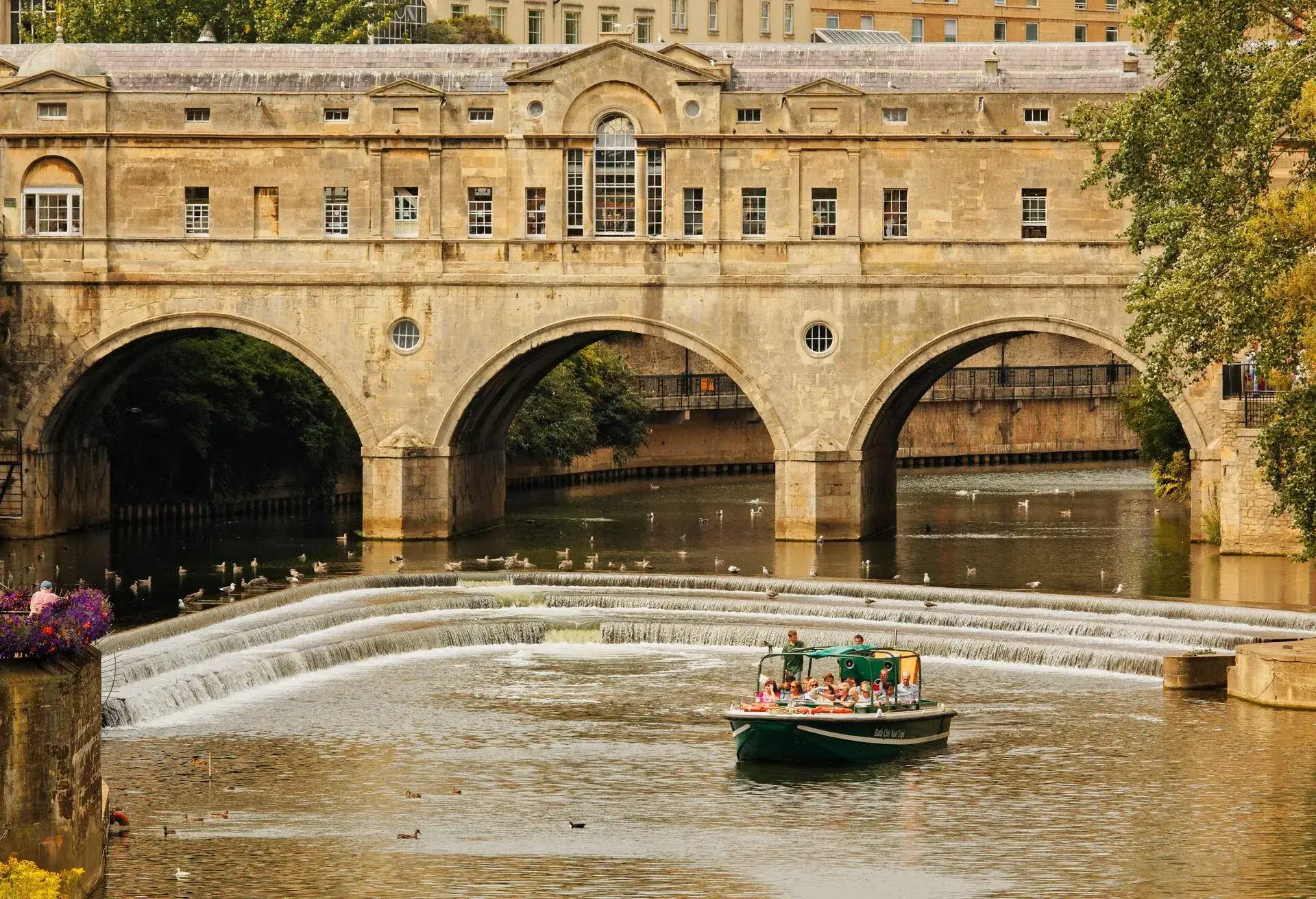
If you’re taking a trip to Bath, Pulteney Bridge should be at the very top of your must-see list. Pulteney Bridge was built between 1769 and 1774 and was designed by Robert Adam, a Scottish neoclassical architect, to be the connection between Bath and Bathwick. Bathwick was, at the time, a newly formed Georgian town. One of the most unusual things about the Pulteney Bridge, but perhaps not the most alluring, is that there are shops built into its structure spanning both sides.
Over the first 20 years after its construction, the bridge was altered to change the facades and expand the shops, and by the end of the 18th century, it was rebuilt to a similar design because of damage caused by floods. There were several schemes carried out in the 20th century to partially return the bridge to its original appearance and preserve the history of the structure, which appealed hugely to tourists and put the bridge back on the map as one of the city’s main attractions.
10. Tarr Steps
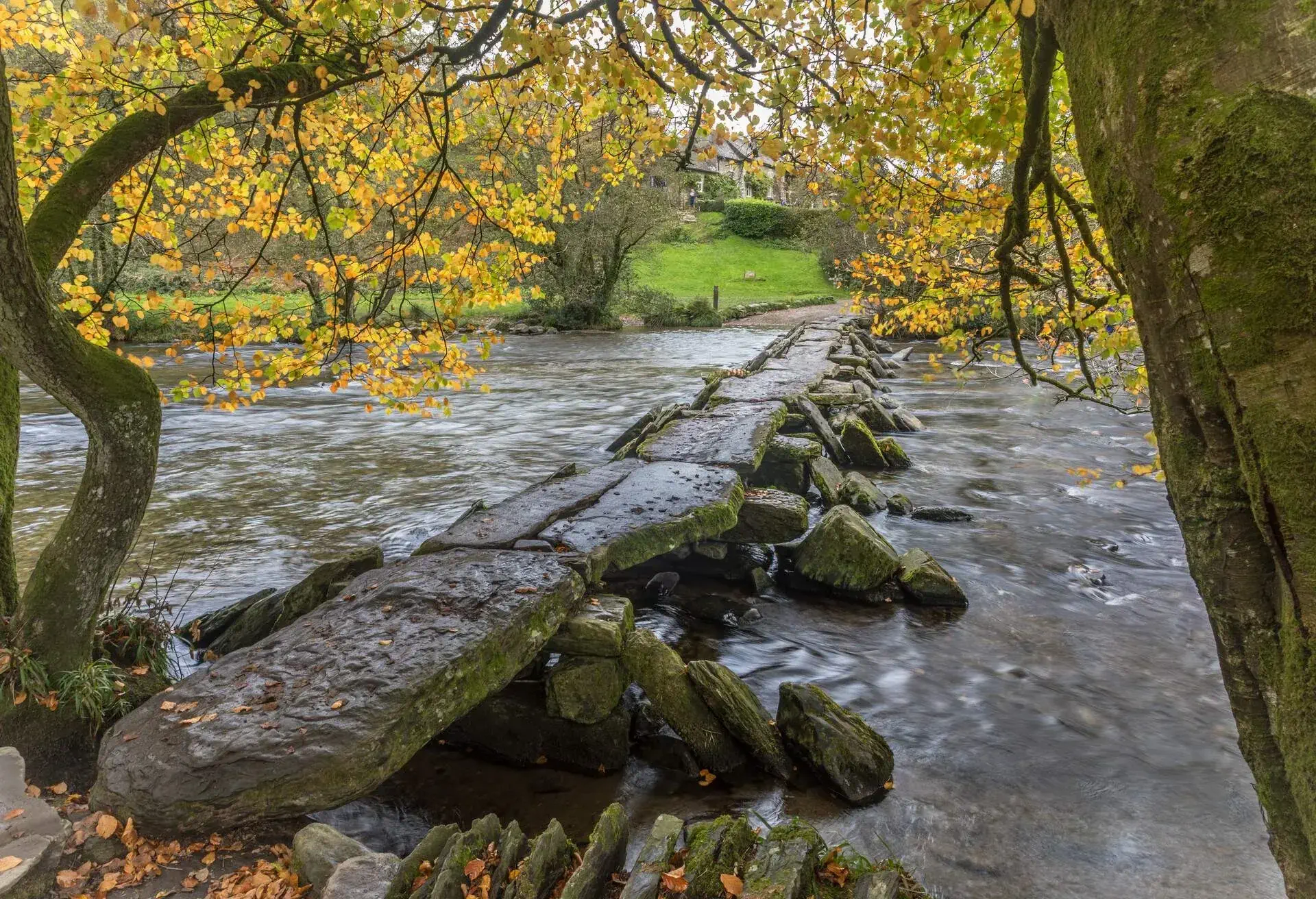
If you find yourself in Somerset, walking through Exmoor National Park, the iconic and ancient clapper bridge dubbed the Tarr Steps are well worth a visit. Clapper bridges are formed by arranging massive slabs of rock over stacks of stone without the use of cement or mortar.
Although there is no definite date as to when the Tarr Steps were built, with a range of theories supporting various ages, there are those who have dated it back to at least 1,000 BC, during the Bronze Age; although, the Medieval period is what it’s officially listed as. A few facts worth noting include that the slabs typically weigh 1-2 tonnes, there are 17 spans in total, the biggest slab is 2.5 by 1.5 metres and the bridge spans a distance of around 50 metres.

